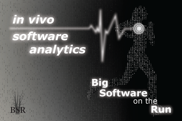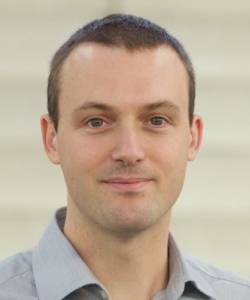Boudewijn van Dongen, Eindhoven University of Technology, the Netherlands
Shared talk: Monday, July 2nd, 9:00-10:30
Title: Process Mining: Are we doing things right?
Abstract: The challenge in process mining is to obtain insights into processes through the structured and automatic analysis of event data. Event data shows who performed what action in which context at what point in time. Event data appears in many forms and types and various techniques exist to obtain models from this data.
However, in many cases, models are also made by professionals. For example, in software engineering, architectural models are made by software architects. Another example are the models made for ISO 9001 certification of business processes by consultants.
Conformance checking is considered to be anything where observed behavior needs to be related to already modeled behavior. In other words, if models are given and event data is recorded, how can they be related and how can we obtain insights into deviations?
In this lecture, I discuss the basics of conformance checking using models and event logs as input. I also discuss the state-of-the-art in tool support.
Short bio: Boudewijn van Dongen is an associate professor in computer science at Eindhoven University of Technology where he leads the Analytics for Information systems group. Boudewijn’s research focusses on conformance checking. Conformance checking is considered to be anything where observed behavior, needs to be related to already modeled behavior. Conformance checking is embedded in the larger contexts of Business Process Management and Process Mining. Boudewijn aims to develop techniques and tools to analyze databases and logs of large-scale information systems for the purpose of detecting, isolating, diagnosing and predicting misconformance in the business processes supported by these systems. The notion of alignments play a seminal role in conformance checking and the AIS group is world-leading in the definition of alignments for various types of observed behavior and for various modelling languages.






